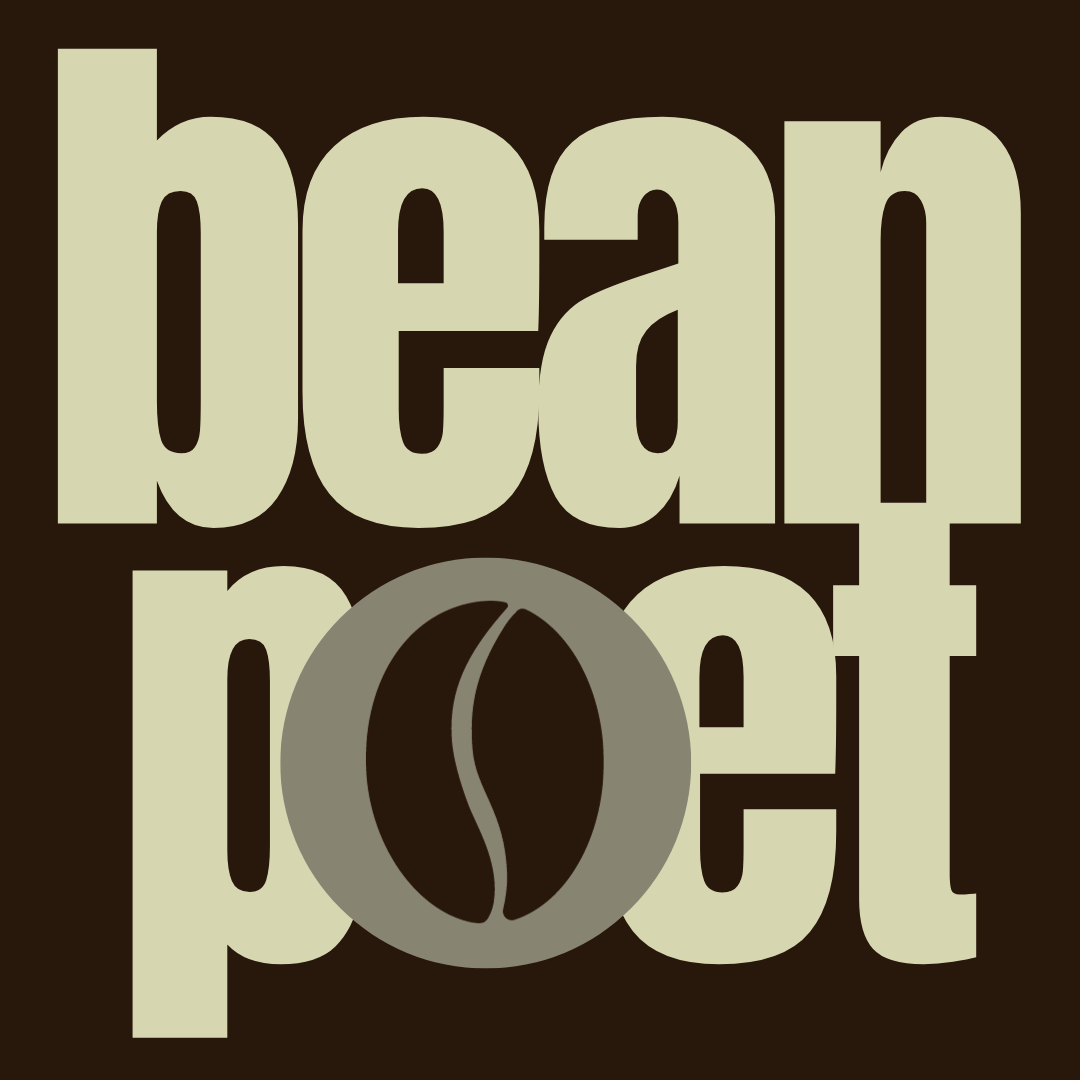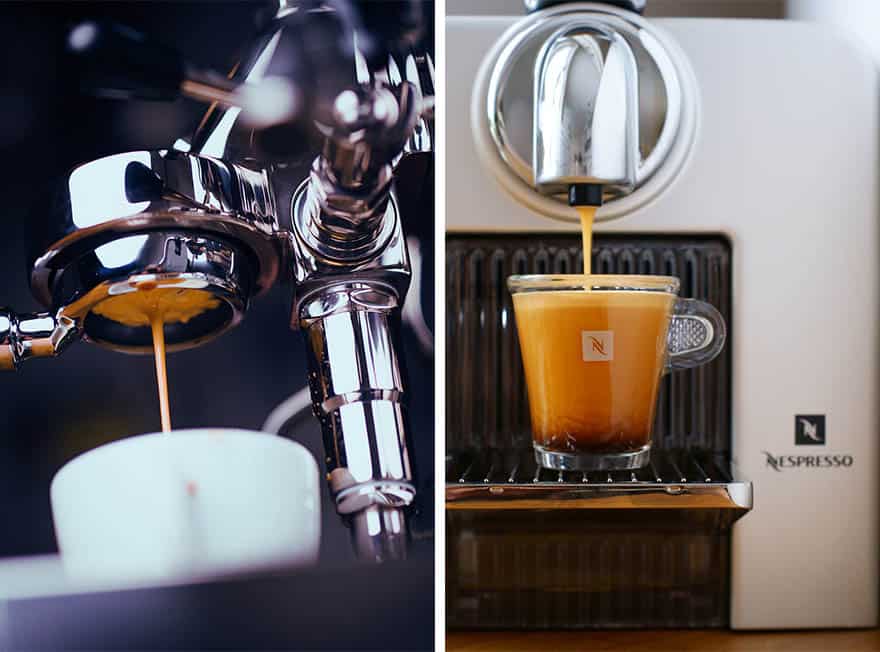Just so you know, as an Amazon Associate we earn from qualifying purchases made via bold red links, buttons or images.
Last Updated on January 6, 2024
Espresso. Nespresso. The two words may be separated by only a single letter, but there is a world of difference between the two.
Espresso machines are well-known. There is a good chance you are served by one every day when you get your coffee on the way to work. Many people have them in their homes. You might even be considering buying one to save yourself the daily trip to Starbucks.
Our Nespresso machine picks
But what about Nespresso?
A Nespresso machine is a highly automated espresso machine manufactured by the Nestlé Group. It brews coffee from hermetically sealed coffee capsules known as pods. The capsules contain single servings of pre-ground coffee. They are specially designed for use in Nespresso machines.
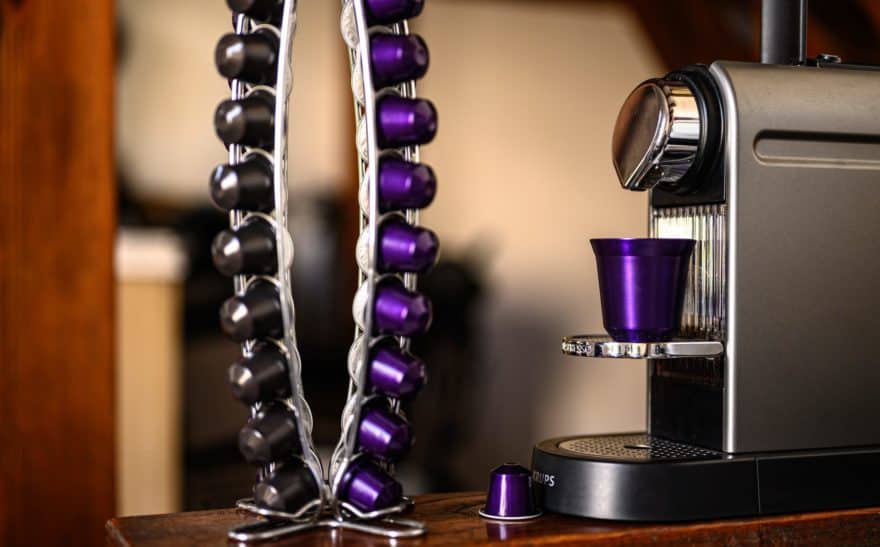
You can enjoy the rich flavors of real espresso from a Nespresso machine. In fact, this was originally all they did. In more recent years, Nespresso has developed a new line of machines called Vertuoline that can also brew a regular cup of coffee. However, espressos brewed with Vertuoline machines aren’t as much like real espresso as those brewed by Original Line machines.
This convenient system virtually eliminates human error from the espresso-making process. It has convinced many coffee lovers to pivot from their old espresso machines to a Nespresso machine.
Key Differences Between Espresso and Nespresso
Espresso machines and Nespresso machines produce essentially the same beverage. It’s how they do it that separates them. Nespresso is all about quickness and convenience. Espresso machines are more about art and craft.
To use a Nespresso machine, you insert a capsule into the machine. The machine quickly heats a single serving of water from its reservoir and injects it through the coffee capsule at high pressure. The water extracts flavor compounds from the coffee grounds in the capsule, dissolves them, and exits from the machine’s spout as coffee.
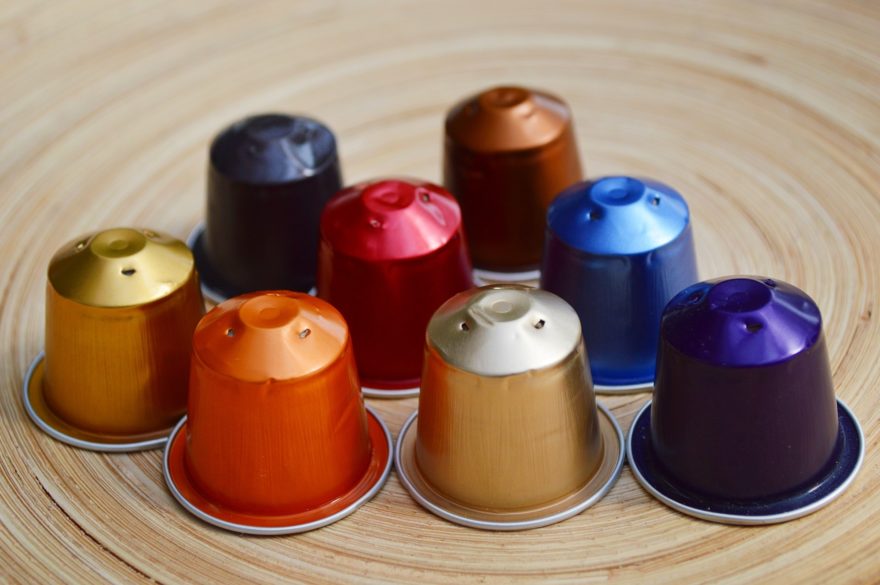
Forcing hot water through the coffee grounds at high pressure is what gives Nespresso coffee its real espresso flavor. Scientifically speaking, it is exactly the same process used by conventional espresso machines.
An espresso machine gives you more work to do. You have to grind the coffee to just the right size. Then you have to place it in a filter basket and “tamp” it, which means compressing the grounds so the water doesn’t flow through too quickly or too slowly.
You decide how much water to pump through the coffee grounds. You decide how long the pumping should take. And you’re the one who gets bad coffee if it doesn’t work out.
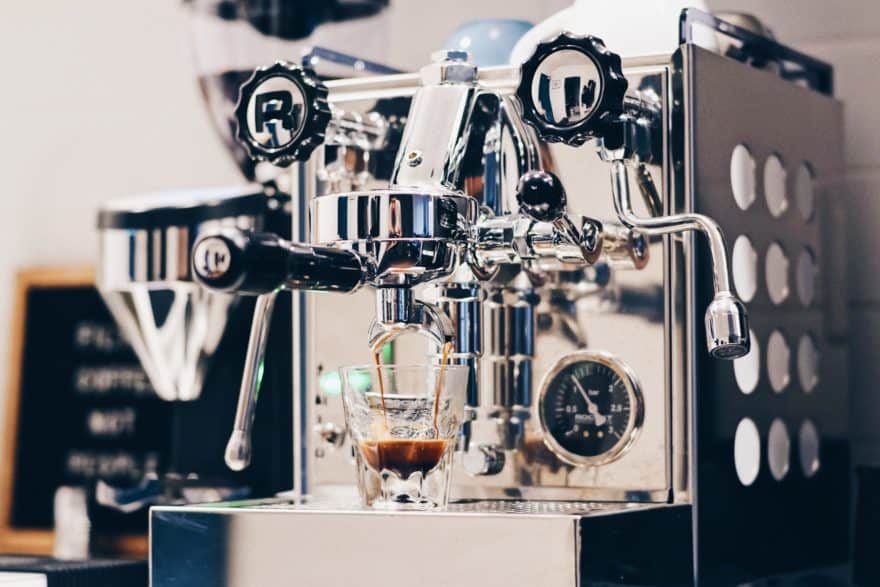
Mastering an espresso machine requires you to understand grind size, tamping, water temperature, extraction time, and all the ways those variables interact. In return for this work, you get a lot of control over your coffee and potentially even better espresso than a Nespresso machine can turn out.
Nespresso coffee machines offer little of this flexibility, but a lot more consistency—especially for the unskilled barista.
Advantages of Nespresso
Cost
Nespresso offers a number of different machines for consumers to choose from. They are generally less expensive than regular espresso machines. Most fall into the $150-$300 price range.
Ease of Use
Nespresso machines don’t have much of a learning curve. They are very easy for beginners to use effectively. They use only pods, so you don’t have to worry about grinding coffee or purchasing a coffee grinder. They allow some customization, but are easily reset to factory settings with a few clicks of a button.
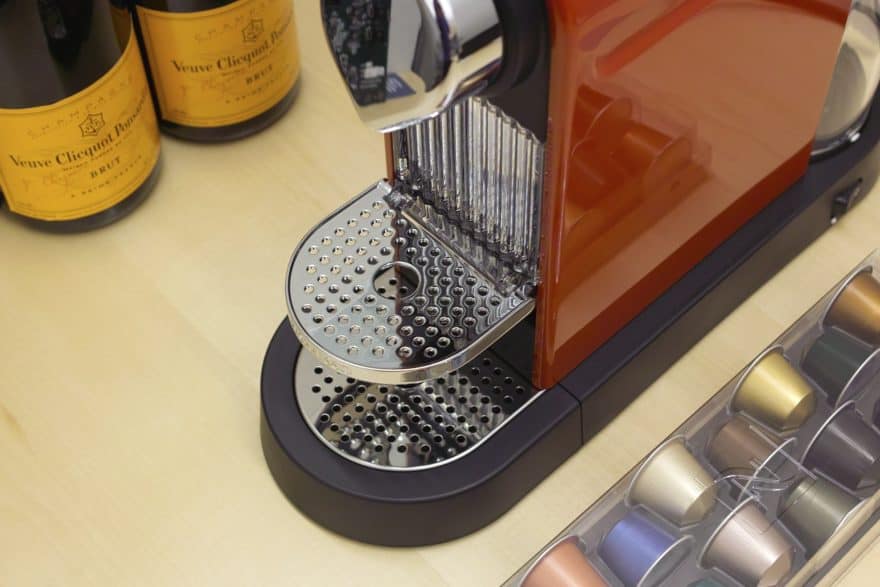
Speed
It is much quicker to pop a coffee capsule into a Nespresso machine, press a button and wait 30 seconds for your coffee than it is to prepare a high-quality espresso using a regular espresso machine.
Size
Many Nespresso machine models have a much smaller footprint on the kitchen counter than your average espresso machine, and in some cases you can even take Nespresso on an airplane.
Disadvantages of Nespresso
Flavor
We’re not saying Nespresso coffee is bad. Not at all. It’s actually very good and tastes like real espresso. But you will not reach the same heights of flavor with a Nespresso machine that you can reach with a traditional espresso machine. (And you certainly won’t get the lows!) A perfectly pulled shot of espresso from a manual lever machine will beat a Nespresso every time.
Lack of Customization
Nespresso’s greatest strength—consistency—is also one of its drawbacks. You can’t tweak. You can’t improve. The coffee is good, but it is what it is.
Never will you reap the rewards of changing a little variable in your brewing process to produce better coffee. That’s one of the joys of real espresso.
Ongoing Expense
While Nespresso machines are generally less expensive than espresso machines, they do require you to replenish your supply of capsules at a cost of at least 60 cents per cup. You’ll spend less money up front, but this ongoing expense means that if you frequently drink coffee, you’ll end up spending more than you would on whole coffee beans for your espresso machine. It adds up.
Making Your Decision
A few factors will go into your decision on whether to buy an espresso machine or a Nespresso machine.
If you want the most affordable thing to get you going, something that will be easy and quick to use, then Nespresso is worth the money.
If you want to spend a little more time perfecting your barista skills and a little more money to buy a high-quality machine, you might be better off purchasing an espresso machine instead.
Start by determining how important it is for you to have the control to customize your coffee’s flavor, and go from there.
